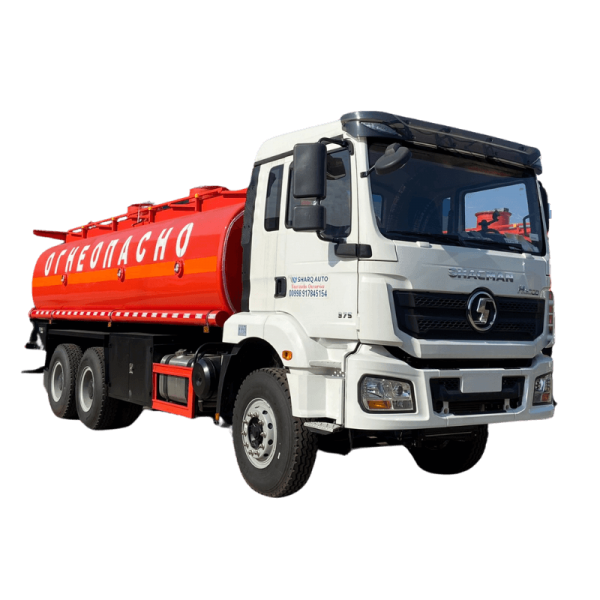Efficient Operation of Garbage Compactor Trucks A Comprehensive Guide

Introduction
Garbage compactor trucks play a crucial role in managing waste and maintaining cleanliness in urban areas. These specialized vehicles are equipped with compactors that compress and consolidate solid waste, allowing for efficient collection and transportation. Understanding the operation of garbage compactor trucks is essential for ensuring effective waste management practices. In More hints , we will delve into the details of garbage compactor truck operation, covering various aspects such as equipment, maintenance, safety protocols, and best practices.
1. Overview of Garbage Compactor Trucks
Garbage compactor trucks, also known as waste compactors or trash compactors, are purpose-built vehicles designed for the collection and transportation of solid waste. These trucks come in various sizes and configurations to suit different waste management needs, ranging from small residential collections to large-scale municipal services. The primary function of a garbage compactor truck is to compress and compact solid waste, thereby maximizing the volume of waste that can be transported in each trip.
2. Components of a Garbage Compactor Truck
a. Compactor Mechanism: The heart of a garbage compactor truck is its compactor mechanism, which consists of a hydraulic press that compresses the waste into a more compact form. The compactor blade or ram is responsible for pushing the waste into the body of the truck, where it is compacted to create more space for additional waste.
b. Body: The body of a garbage compactor truck is where the waste is stored after compaction. It is typically made of durable materials such as steel to withstand the rigors of waste collection operations. The body may have a rear-loading, side-loading, or front-loading design, depending on the specific requirements of the waste collection route.
c. Hydraulic System: Garbage compactor trucks are powered by hydraulic systems that control the operation of the compactor mechanism, lifting mechanisms, and other functions of the vehicle. Proper maintenance of the hydraulic system is essential to ensure smooth and efficient operation of the truck.
d. Control Panel: Modern garbage compactor trucks are equipped with electronic control panels that allow the operator to monitor and control various functions of the vehicle, such as compaction pressure, hydraulic system status, and safety features.
3. Operation Procedures
a. Pre-Operation Inspection: Before using a garbage compactor truck, the operator should conduct a thorough inspection of the vehicle to ensure that it is in proper working condition. This includes checking the compactor mechanism, hydraulic system, body integrity, and safety features.
b. Loading Waste: To effectively operate a garbage compactor truck, the operator must have a systematic approach to loading waste into the truck. Proper loading techniques can help maximize the compaction efficiency and reduce the number of trips required for waste collection.
c. Compaction Process: Once the waste is loaded into the truck, the operator can initiate the compaction process using the control panel. It is essential to follow the recommended compaction pressure and cycle times to achieve optimal results.
d. Unloading Waste: When the truck reaches the disposal site, the operator must safely unload the compacted waste from the body of the truck. This process requires careful coordination to prevent spillage and ensure efficient disposal of the waste.
e. Maintenance and Cleaning: Regular maintenance and cleaning of a garbage compactor truck are crucial for prolonging its lifespan and ensuring consistent performance. This includes lubricating moving parts, inspecting hydraulic lines, and cleaning the body of the truck to prevent odors and contamination.
4. Safety Considerations
a. Operator Training: Proper training is essential for garbage compactor truck operators to understand the equipment, safety protocols, and best practices for waste collection. Operators should be familiar with emergency procedures and safe operating practices to prevent accidents and injuries.
b. Personal Protective Equipment (PPE): Operators of garbage compactor trucks should wear appropriate PPE, such as gloves, safety goggles, and reflective clothing, to protect themselves from hazards during waste collection operations.
c. Vehicle Safety Features: Garbage compactor trucks are equipped with various safety features, such as backup cameras, emergency stop buttons, and warning alarms, to enhance the safety of the operator and surrounding personnel.
d. Avoiding Overloading: Overloading a garbage compactor truck can lead to mechanical failures, reduced compaction efficiency, and safety hazards. Operators should adhere to weight limits and loading guidelines to prevent overloading.
e. Hazardous Waste Handling: When dealing with hazardous waste materials, additional safety precautions must be taken to protect the operator and the environment. Proper containment, labeling, and disposal practices are essential for handling hazardous waste safely.

5. Best Practices for Efficient Operation
a. Route Optimization: Planning efficient waste collection routes can help reduce fuel consumption, vehicle wear and tear, and overall operational costs. Utilizing GPS technology and route optimization software can streamline waste collection operations.
b. Regular Maintenance: Scheduled maintenance checks and servicing of garbage compactor trucks are essential for preventing breakdowns and ensuring optimal performance. Following the manufacturer's maintenance guidelines can prolong the lifespan of the vehicle and minimize downtime.
c. Recycling Initiatives: Incorporating recycling programs into waste management practices can help reduce the amount of waste that needs to be compacted and disposed of in landfills. Separating recyclable materials at the source can improve waste diversion rates and promote sustainability.
d. Community Engagement: Engaging with the local community through education and awareness campaigns can foster a culture of responsible waste management. Encouraging residents to reduce, reuse, and recycle can help minimize the environmental impact of solid waste disposal.
Conclusion
Garbage compactor trucks are essential tools for maintaining cleanliness and sanitation in urban areas. Understanding the operation of these specialized vehicles is crucial for ensuring efficient waste management practices and promoting environmental sustainability. By following proper operation procedures, safety protocols, and best practices, garbage compactor truck operators can contribute to the effective management of solid waste and the preservation of public health and the environment.
